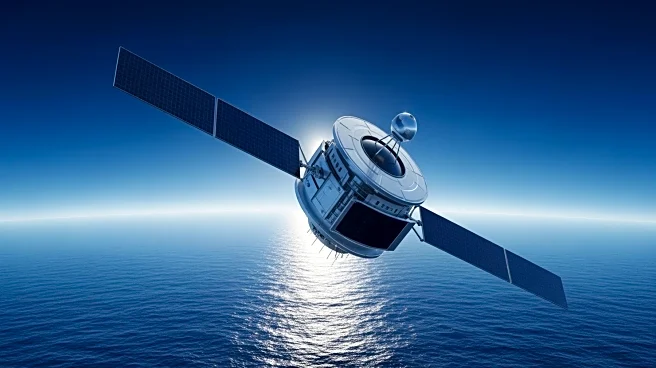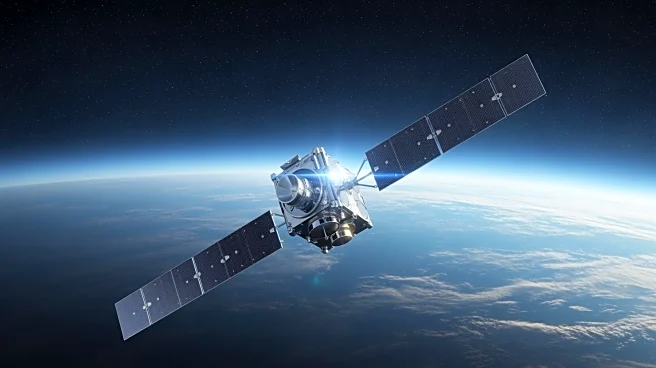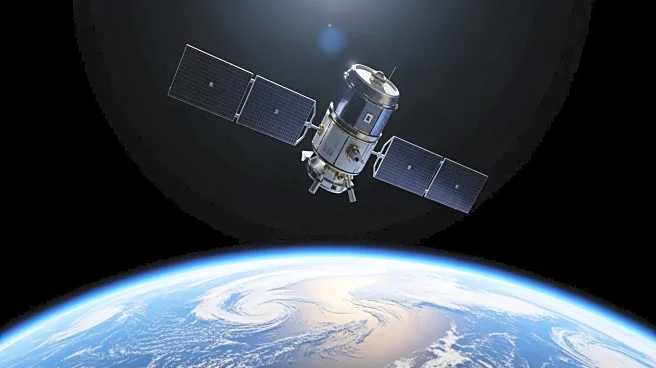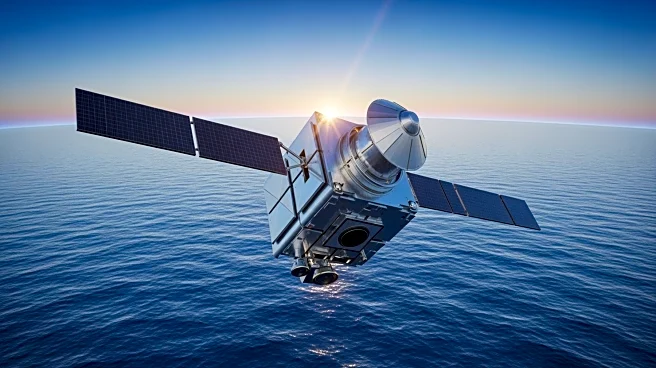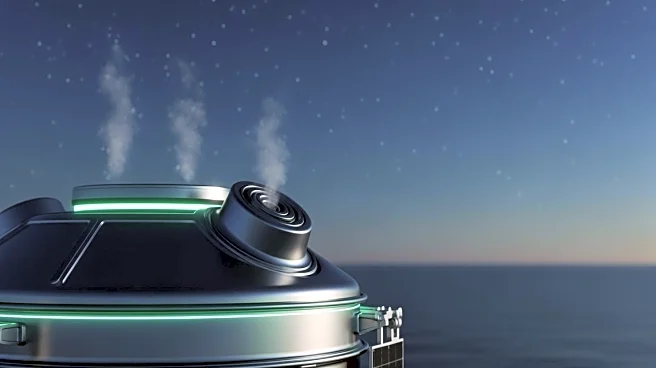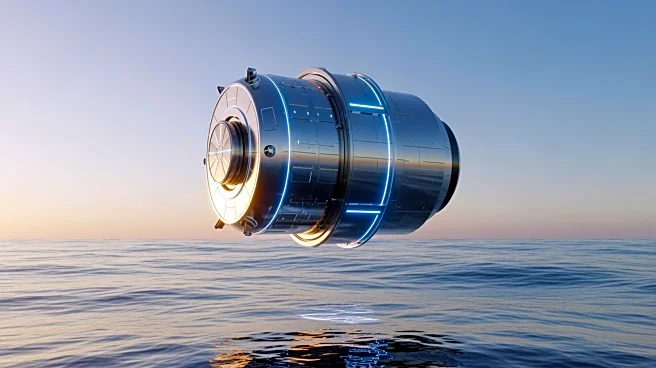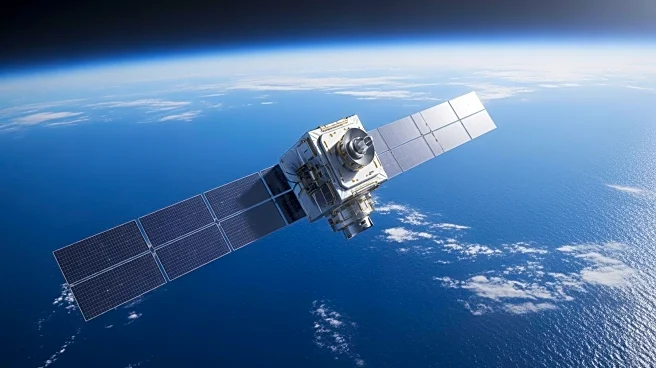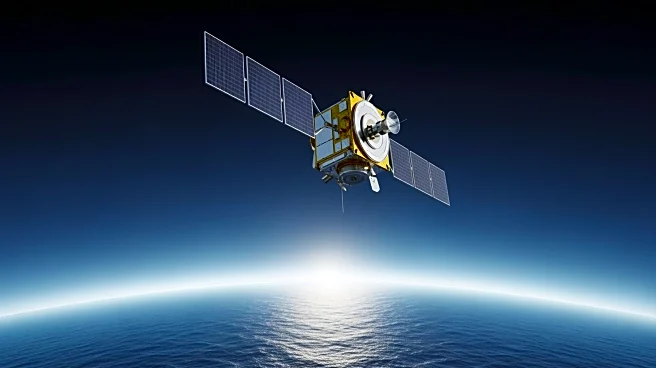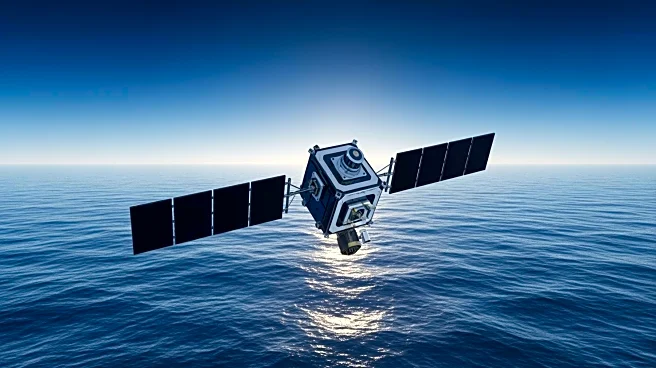What's Happening?
NASA's Sentinel-6B satellite has successfully acquired a signal following its launch, marking a significant milestone in its mission to monitor global sea levels. The satellite, a collaboration between
NASA, ESA, EUMETSAT, and NOAA, aims to provide precise measurements of sea levels across 90% of the world's oceans. Sentinel-6B will continue the work of its predecessor, Sentinel-6 Michael Freilich, by measuring wind and wave conditions and improving weather predictions. The satellite is expected to operate until at least 2030, contributing valuable data for climate research and oceanography.
Why It's Important?
The successful signal acquisition of Sentinel-6B is crucial for advancing scientific understanding of climate change and its impact on sea levels. Accurate sea level measurements are essential for predicting weather patterns, managing coastal resources, and preparing for climate-related challenges. The data provided by Sentinel-6B will support global efforts to mitigate the effects of climate change and inform policy decisions. The collaboration between international space agencies underscores the importance of global cooperation in addressing environmental issues.
What's Next?
Sentinel-6B will undergo data cross-calibration before taking over from its predecessor. The satellite's data will be integrated into climate models and used by researchers worldwide. Continued monitoring and analysis will enhance predictions of sea level rise and its implications for coastal communities. The mission's success may lead to further collaborations and advancements in satellite technology for environmental monitoring.
Beyond the Headlines
The mission highlights the role of space technology in addressing global environmental challenges. The ethical considerations of data sharing and international cooperation are important for ensuring equitable access to information and resources. The long-term impact on climate policy and scientific research could be transformative.
